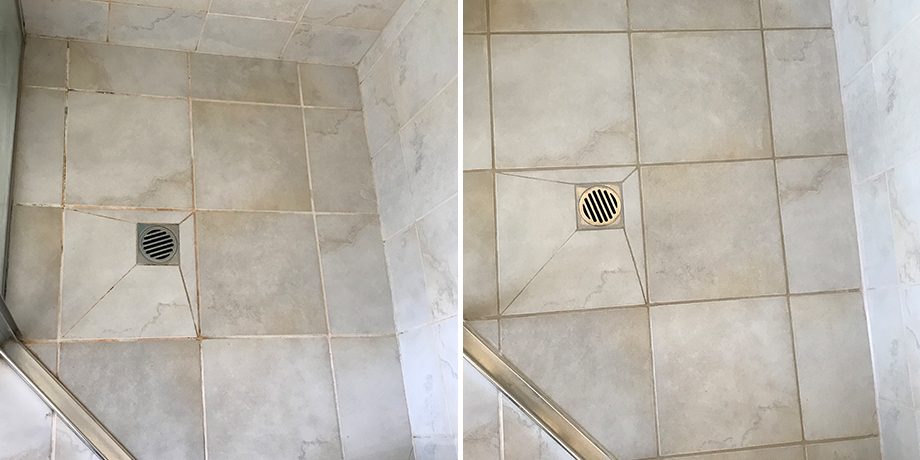What're your thoughts on How to Prevent Bathroom Water Damage?

The shower room is extremely susceptible for moist buildup and potential water damage due to the frequent use of water in it. This short article uses basic assessment strategies to assist identifying water damage dangers.
The regular use water in the shower room makes it very prone for damp buildup and also possible water damages. By inspecting it regularly, you can reduce water relevant damages.
The following collection of examinations is simple to execute as well as ought to be done once in every three months in order to maintain your shower room in good shape and to prevent possible water problems triggered by the bathtub, the shower, pipeline joints and also plumbing, sinks, cupboards, and the commode
Do not disregard carrying out these assessments and be detailed while performing them. Remember that these easy inspections can save you a lot of cash by providing very early indications for water damages
Tub and Shower
The shower and also tub require unique interest and also upkeep. Check the floor tiles as well as change if split. Make sure that there is no missing out on grout in between the ceramic tiles. Inspect and also replace fractured caulking at joints where the walls fulfill the floor or the bath tub. Blocked drains pipes as well as pipes issues will stop the bathtub from drying out and might indicate severe problems underneath the bathtub. Talk to a professional promptly to prevent architectural damages. Take note of stainings or soft areas around the tub wall surfaces as they may suggest an internal leak.
Plumbing
Signs for water damages are hard to find since a lot of pipelines are installed inside the wall surfaces.
Pay unique attention to floor covering and also walls wetness and also stains as they might show an invisible plumbing issue. Inspect dampness levels in adjoining areas as well.
Sinks and Cabinets
Sinks as well as closets are exposed to wetness as well as moisture daily and are commonly forgotten. Evaluate regularly under the sink and on the countertop over it. Fix any drip in the trap as it might suggest drain troubles. Look around the sink, slow draining pipes might indicate a blocked drainpipe. Change sink seals if they are cracked or loose.
The Commode
The commode is a susceptible water joint. Examine the water lines and search for leakages around the commode seat, in the tube, and under the water storage tank. If you find any signs of moisture on the floor around the bathroom, look for leakages in the toilet edge and tank seals.
Know that hanging bathroom dish antiperspirants increases the chances for blockages.
10 TIPS TO PREVENT WATER DAMAGE IN THE BATHROOM
The average household uses approximately 80-100 gallons of water per person per day. For a family of 4, that's almost 2,500 gallons of water a week! The largest portion of this consumption comes from bathroom use. Flushing the toilet uses the most water, followed by taking a shower or bath. With that much water running through the home, water damage in the bathroom is bound to happen. Knowing how to spot signs of a water leak is essential to preventing long-term damage. This guide provides you with tips to reduce the impact of water damage on your bathroom.
CAUSES OF BATHROOM WATER DAMAGE
Pipe breaks are the most common cause of water damage we see in our daily jobs. The age of a pipe plays a large role in a pipe break as well as corrosion. Over time, the metal begins to break down, allowing water to escape. Frozen pipe breaks are also a concern in the winter months. Toilet overflows caused by paper products or children flushing inappropriate items. Degraded caulking around the toilet or bathtub can allow water seepage, sometimes behind the fixture, into the subfloor or walls. Condensation forms when the water in a pipe is cooler than the air temperature. Beads of water form on the exterior of the pipes, sometimes so much so that the water begins to drip and pool below. Sink or shower backups created by poor drainage. HOW TO PREVENT WATER DAMAGE IN YOUR BATHROOM
Inspect your toilet supply line for worn or frayed hoses and replace them as needed. Winterize your plumbing to prevent a frozen pipe break. Use vent fans to prevent condensation that can lead to mold growth. Routinely check and replace degraded caulking around your toilet or bathtub. Increase the temperature in your toilet tank and insulate your pipes during the warm summer months to keep condensation from forming. Use child safety locks on the toilets. Flush only toilet paper. "Flushable" wet wipes are actually not good for your plumbing system. Additionally, feminine hygiene products should not be flushed. Prevent water from escaping the tub or shower. Make sure shower curtains are in good condition. Inspect shower doors and replace the seal strip if necessary. Wipe up any water that accumulates on the floor and use bath mats. Water left to sit can cause damage to the tiles and flooring. Refrain from using bath products containing heavy oils to avoid a clogged drain.

We hope you enjoyed reading our excerpt on Preventing Water Damage in the Bathroom. Thank you for taking time to read through our piece. Do you know another individual who is looking into the subject? Take a moment to promote it. I value reading our article about Preventing Water Damage in the Bathroom.
Schedule A Service